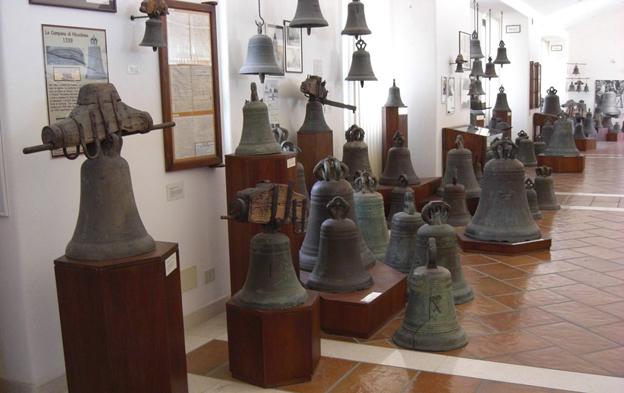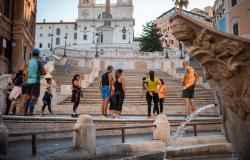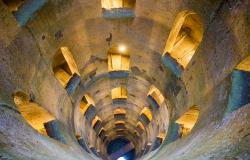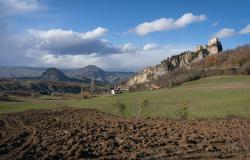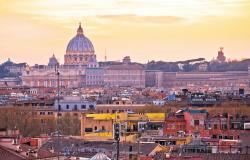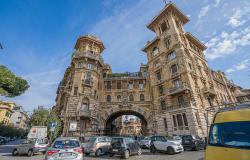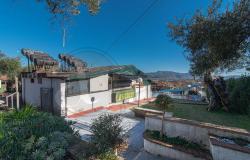In the northern portion of Molise, Agnone stands out as a pleasant surprise: this town of 5,400 inhabitants, famous for its historic factory producing bells, one of the few allowed to display the papal coat of arms, has been able in the past few years to develop a number of resources to attract more tourism in the area: agriturismi have opened, horse-riding is a popular activity, special events - among them, the ‘Ndocciata on Christmas Eve and the Fiera delle Arti e Mestieri Antichi in August - and archeology-focused tours are among its main draws.
Located on a rocky spur in the mountainous area of Alto Molise, Agnone has a long history; it is thought to have developed on the ruins of the ancient Samnite city of Aquilonia, which was razed to the ground by the Romans when they conquered Samnium. The Samnites spoke Oscan and it is in Agnone that the most important ancient document of the region was found: the "Oscan Tablet", or “Tabula Osca”, a 3rd century BC bronze inscription written in the Oscan alphabet now kept in the British Museum.
Remnants of Agnone’s past are everywhere, beginning with the town's medieval-style architecture, visible in the 19 churches, among them the 12th-century Church of San Marco, embellished with a Renaissance portal, and the 14th-century Church of San Francesco, with a Gothic portal surmounted by an elegant rose window.
In the 11th century, the cult of Saint Mark was introduced to Agnone and artists from Venice were brought in to decorate the homes of the local residents with sculptures of the lion of Saint Mark's, still visible today.
Agnone’s major and most fascinating attraction remains the Pontificia Fonderia Marinelli, a bell foundry founded in 1040 deemed Italy's oldest family business and possibly among the oldest family businesses in the world, still run by the Marinelli family (who took it over in 1339). The factory includes the Marinelli Bell Museum, where 1,000-year-old bells as well as more recent ones are on display. Visitors can see the artisans at work making bells still using the same technique employed 1,000 years ago. The entire process is handcrafted. Among the museum’s most illustrious visitors was Pope John Paul II in 1995; many of the foundry’s bells can in fact be found at the Vatican and the Roman Catholic Church accounts for a large portion of the orders placed for the company.
Fun fact: The last bell to be hung in the bell tower of the Leaning Tower of Pisa was made by Marinelli to replace a 600-kg, 17th-century bell damaged during bombings during World War II.
